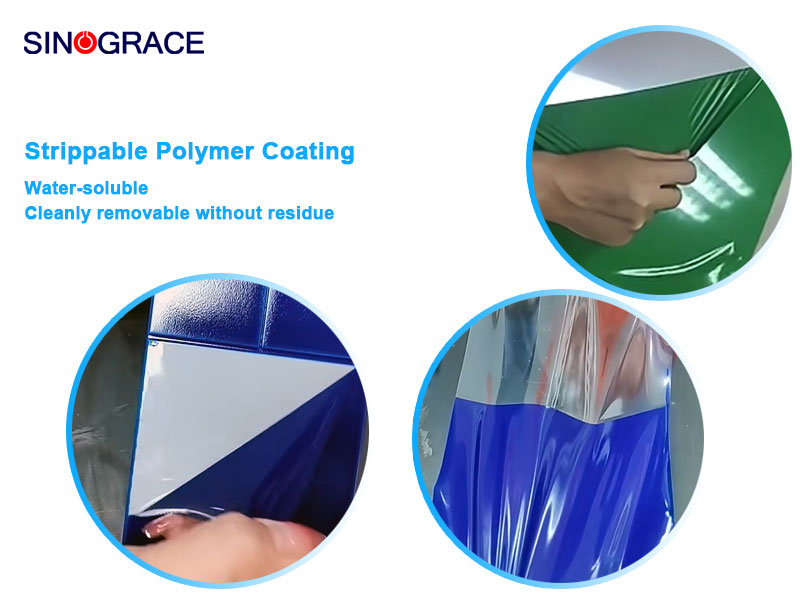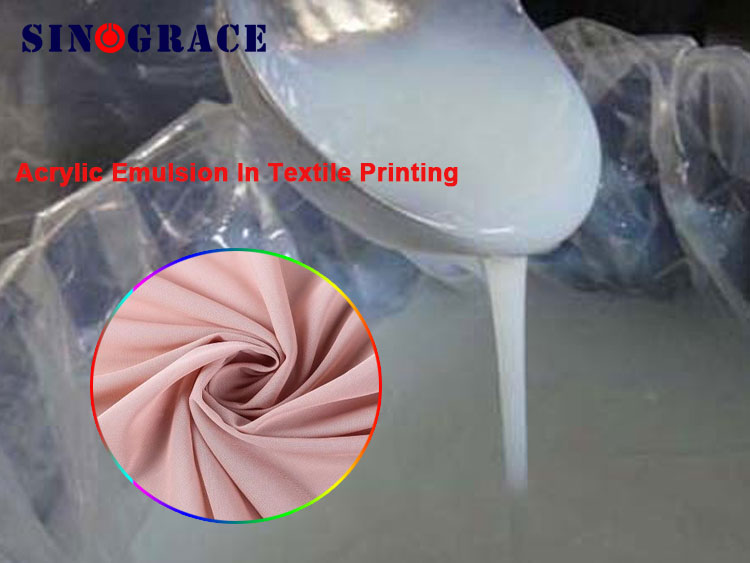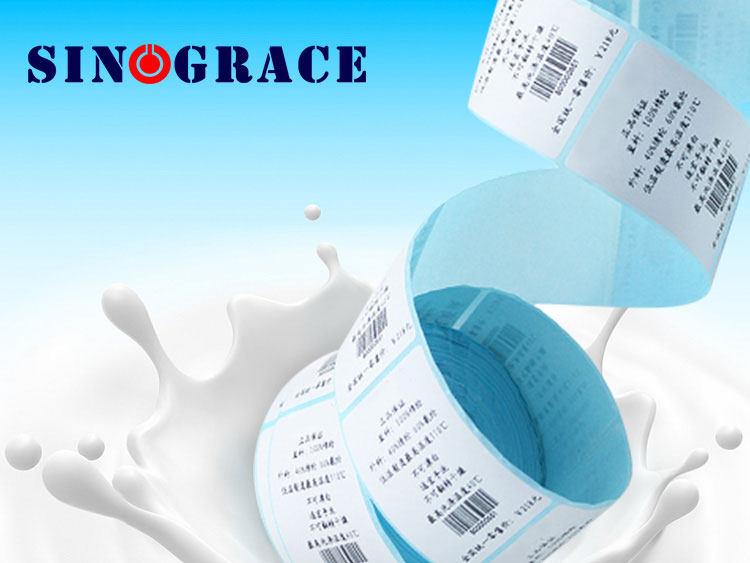Water-based pressure-sensitive adhesive product solutions
Pressure-sensitive adhesive Pressure-sensitive adhesive is a kind of viscoelastic body that simultaneously possesses the viscous properties of liquids and the elastic properties of solids. Bonding can be achieved immediately by using finger touch pressure The purpose is to ensure a smooth surface of any adherend, so it is called Pressure-Sensitive Adhesive (PSA). The subdivision of pressure-sensitive adhesives By resin Technical system Acrylic pressure-sensitive adhesive Solvent-based water-based UV Polyurethane pressure-sensitive adhesive Rubber-based pressure-sensitive adhesive (SBC) Silicone pressure-sensitive adhesive Other types such as polyvinyl ethers and polyisobutylene The application of pressure-sensitive adhesive products It is widely applied in multiple industries such as packaging, automobiles, transportation, electronic communication, electrical appliances, building materials, machinery, aerospace, light industry, medical and health care, and home care. It has multiple uses such as sealing, binding, shielding, sealing, protecting, packaging, insulating and fixing. Application segmentation Label types paper labels, film labels, etc Adhesive tape type Sealing tape, double-sided tape, protective film, masking tape, electrical insulation tape, special tape, etc Other Applications of medical pressure-sensitive adhesives, floor adhesives, sealants, etc Water-based pressure-sensitive adhesive for labels Self-adhesive labels It is a composite material with paper, film or other special materials as the surface material, coated with adhesive on the back, and silicon-coated release paper as the backing paper. The adhesive coating is generally transfer coating. Application directions of self-adhesive labels Universal permanent label Medicines, food, beverages, electrical appliances, fitness equipment, clothing...... Removable label Tableware, household appliances, fruits and vegetables... ... Transparent label Window signs, electrical appliances, tobacco and alcohol, cosmetics.. High-temperature/freezing resistant labels Frozen/quick-frozen food, circuit boards, batteries, laptops... ... After years of in-depth development in the fields of architectural coatings, industrial wood coatings, textile synthetic leather, adhesives, etc., Sinograce Chemical has established a one-stop product technical service system and provides professional product solutions. If you have any related product solution requirements, performance improvement, cost reduction, etc., please fe...
read more

 English
English français
français русский
русский español
español العربية
العربية








